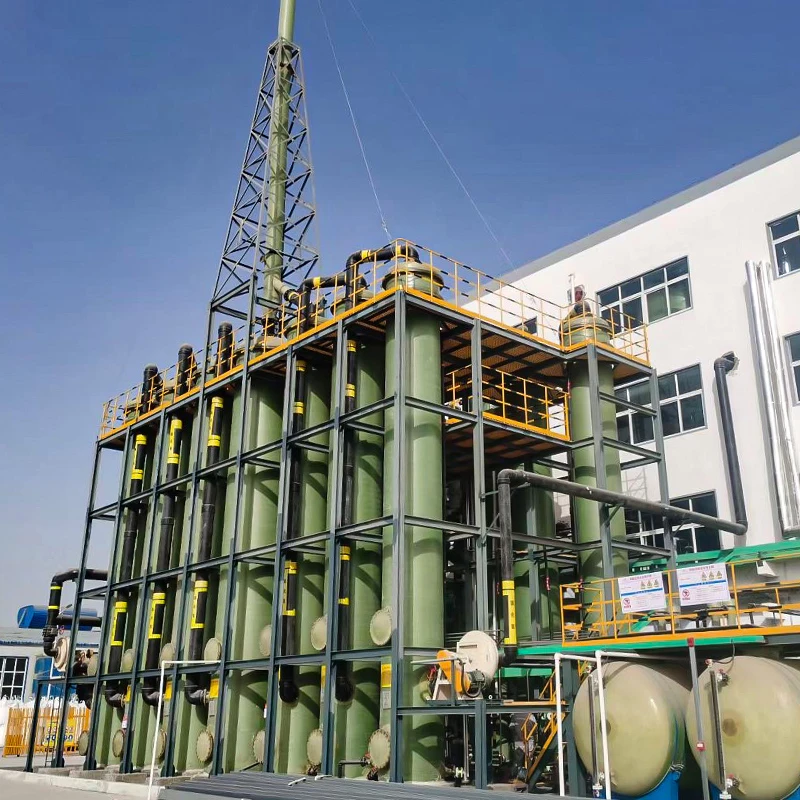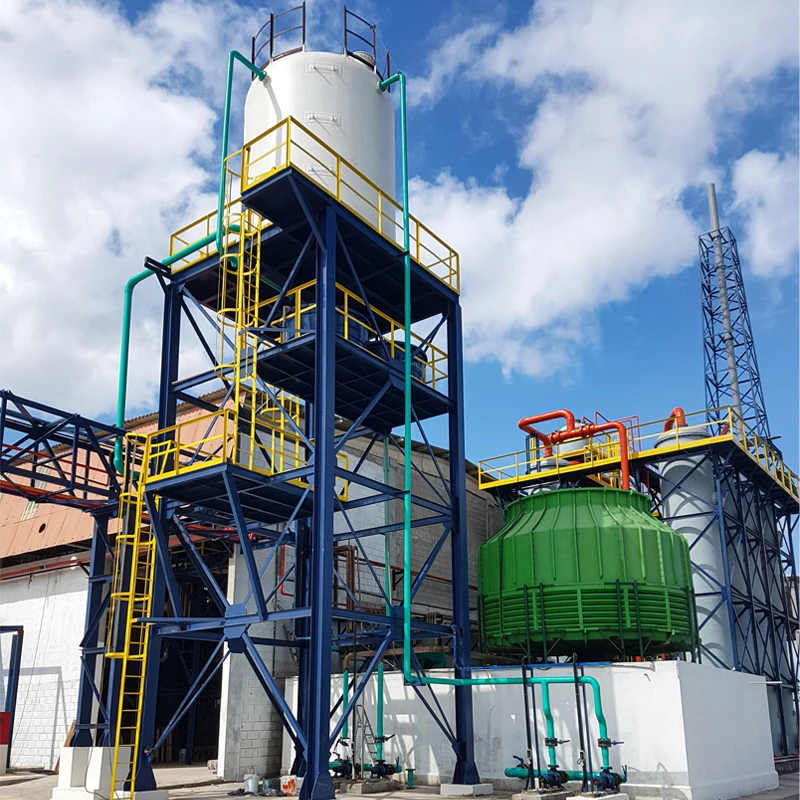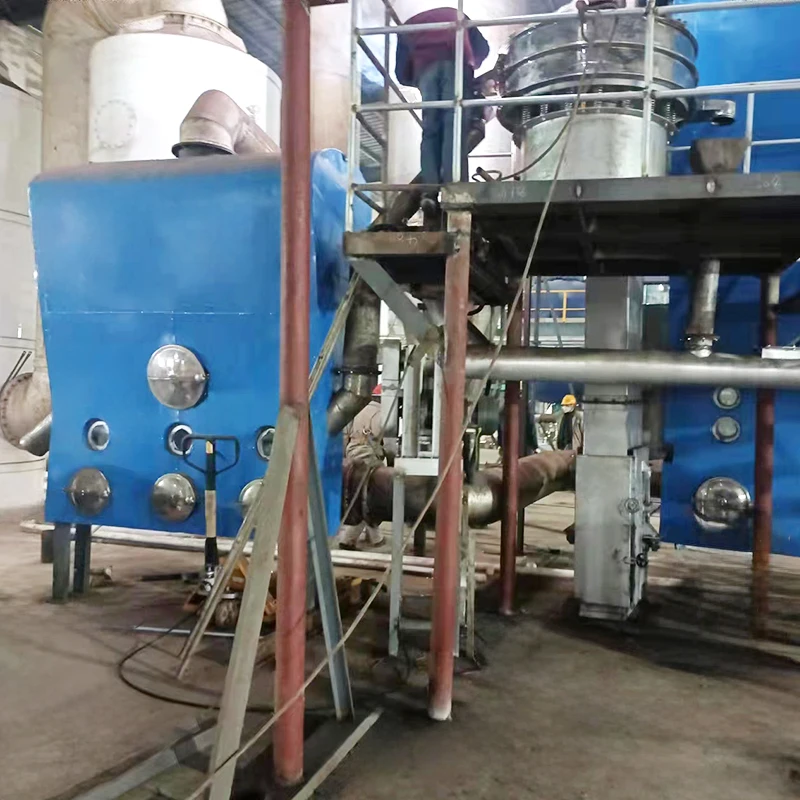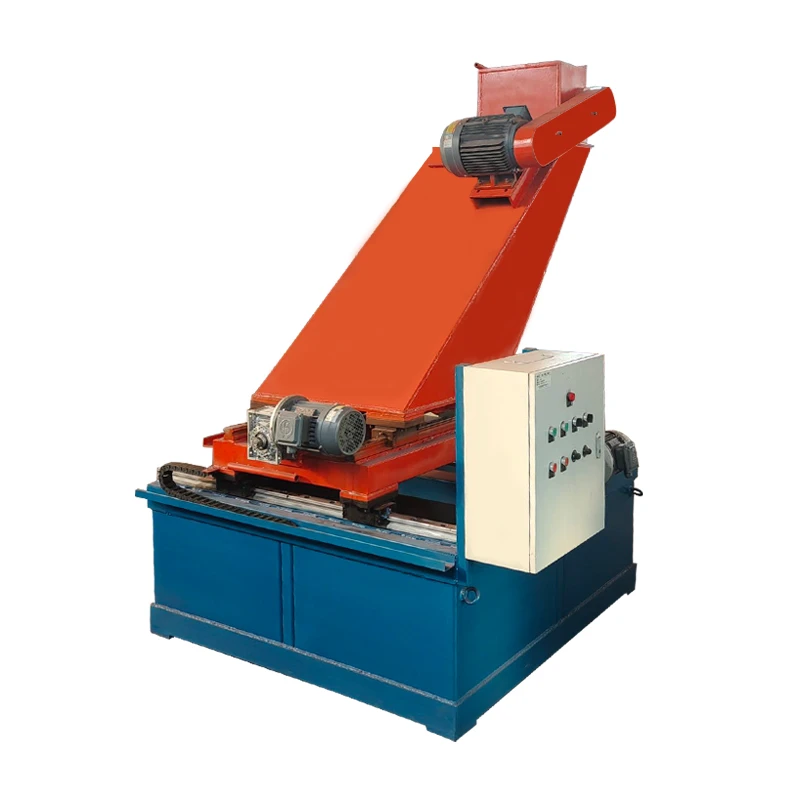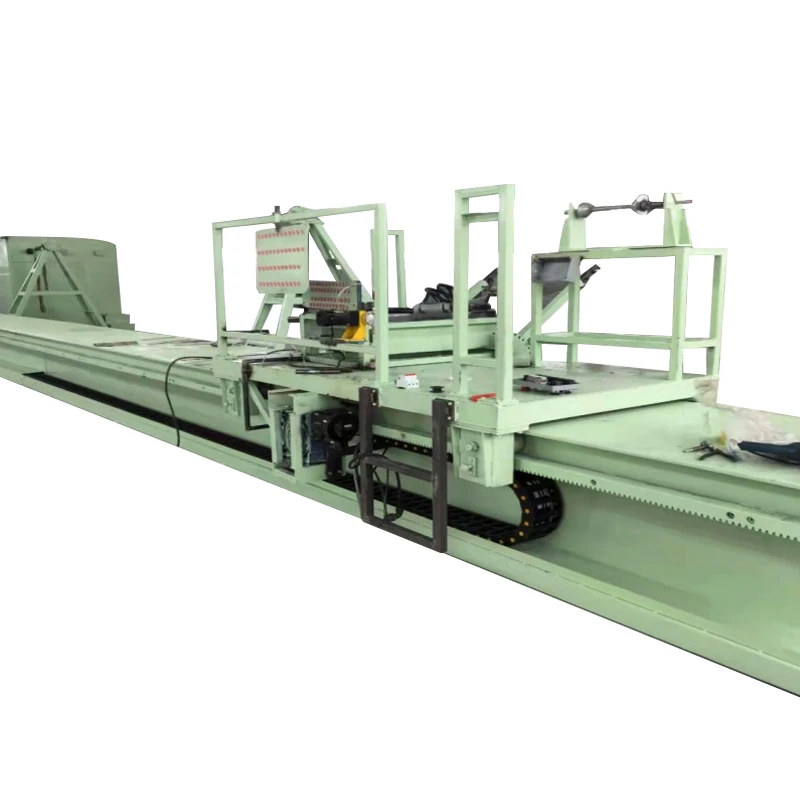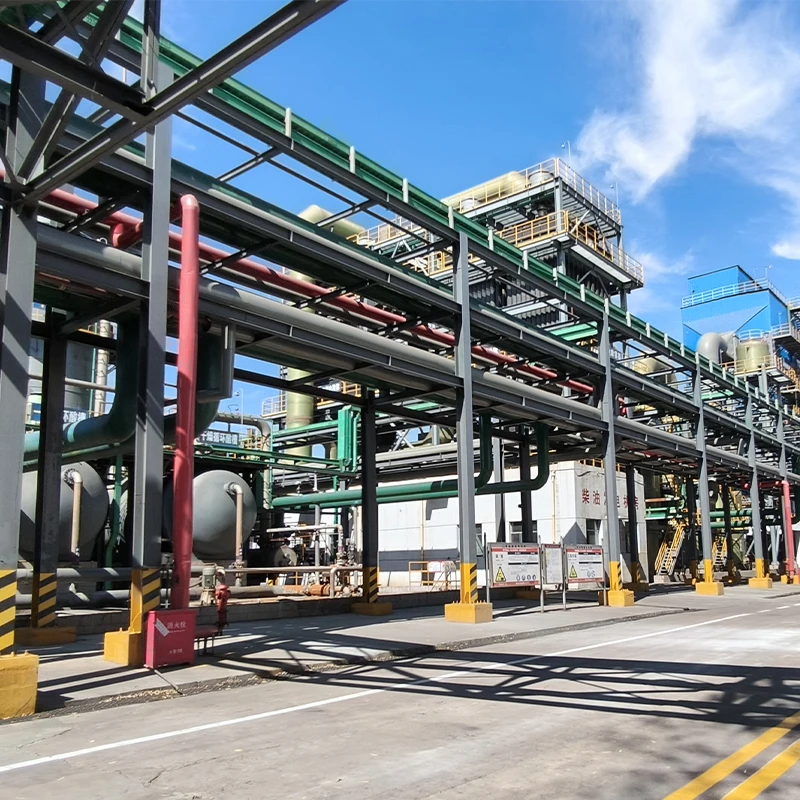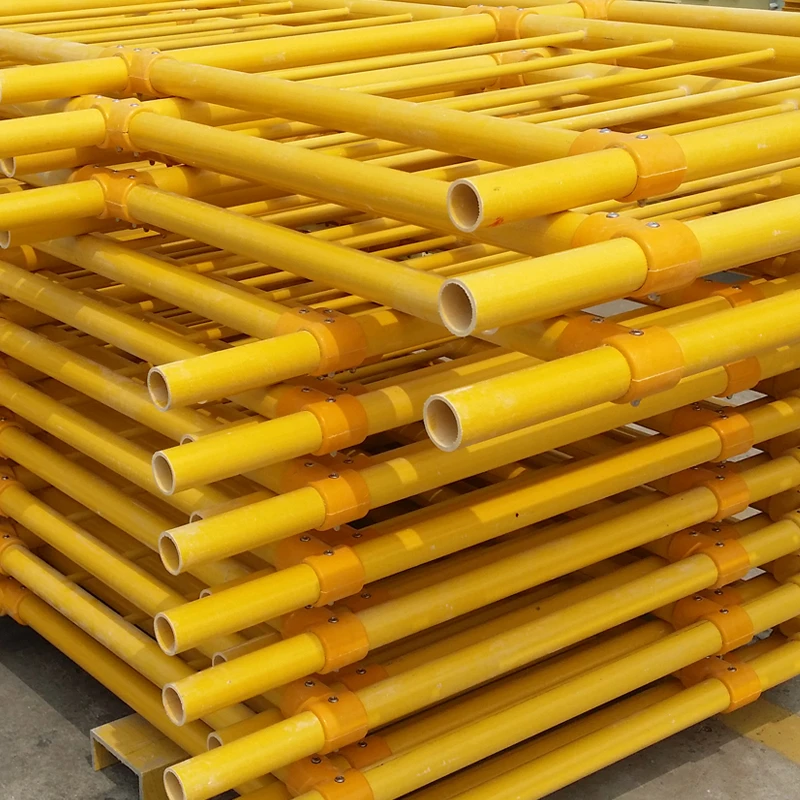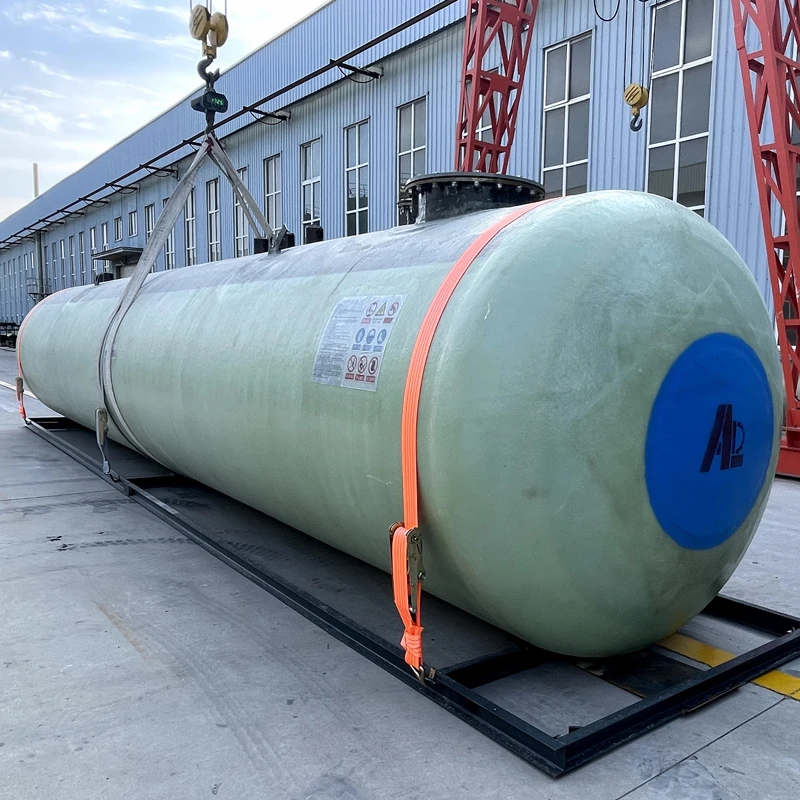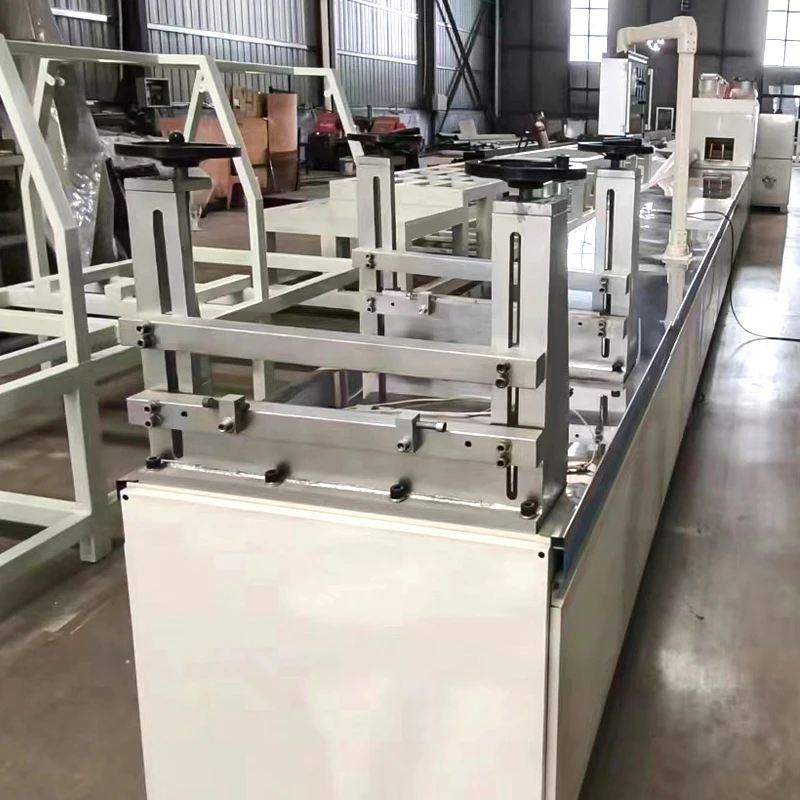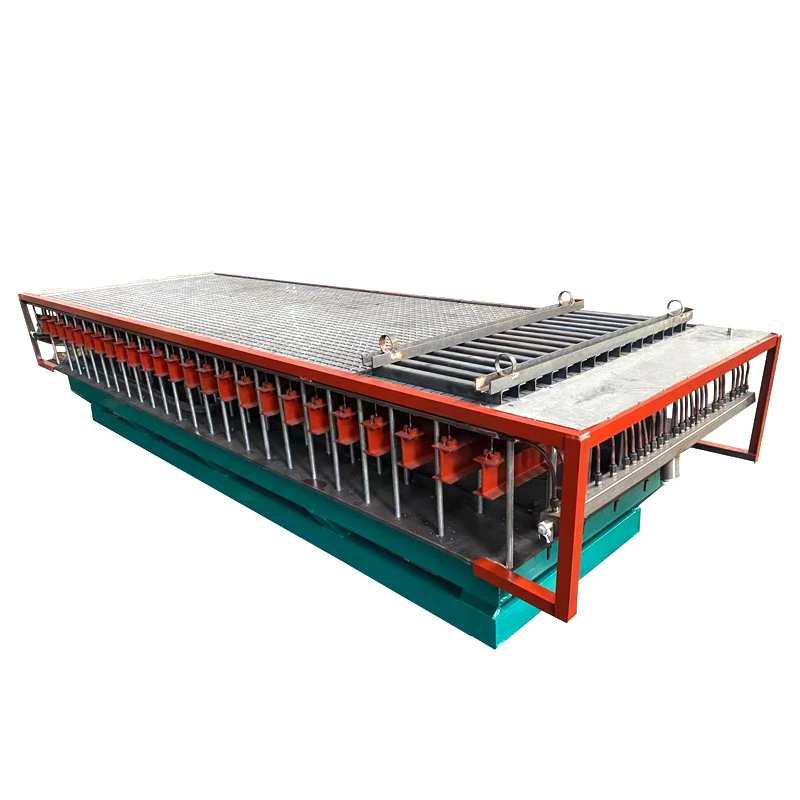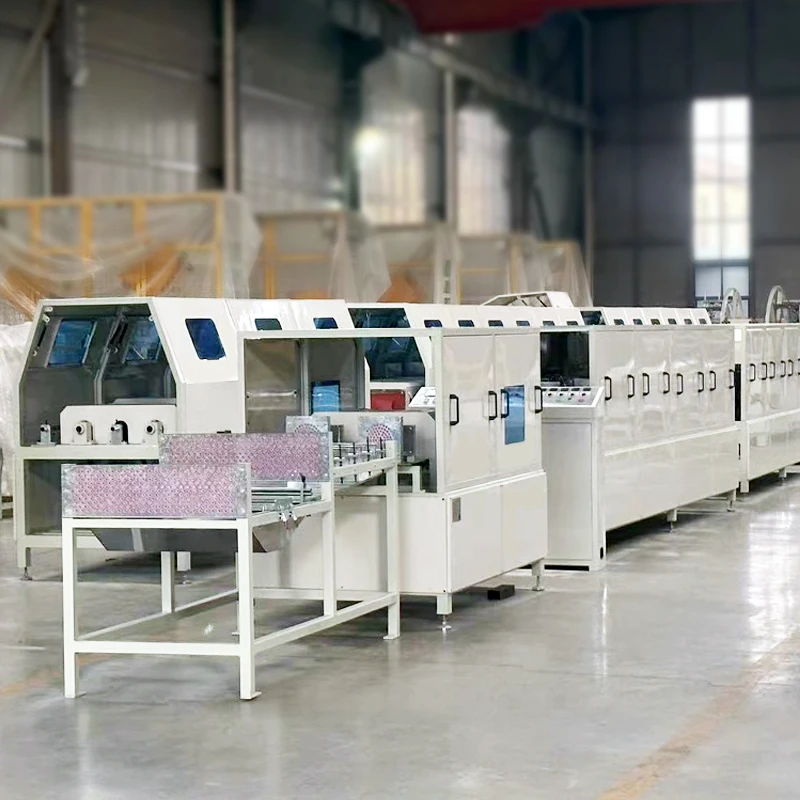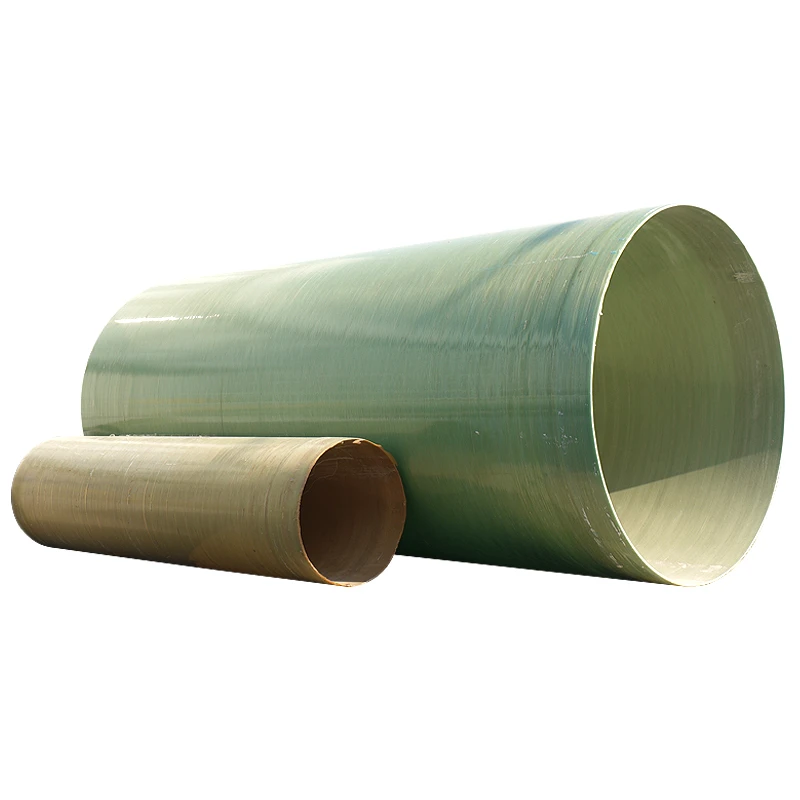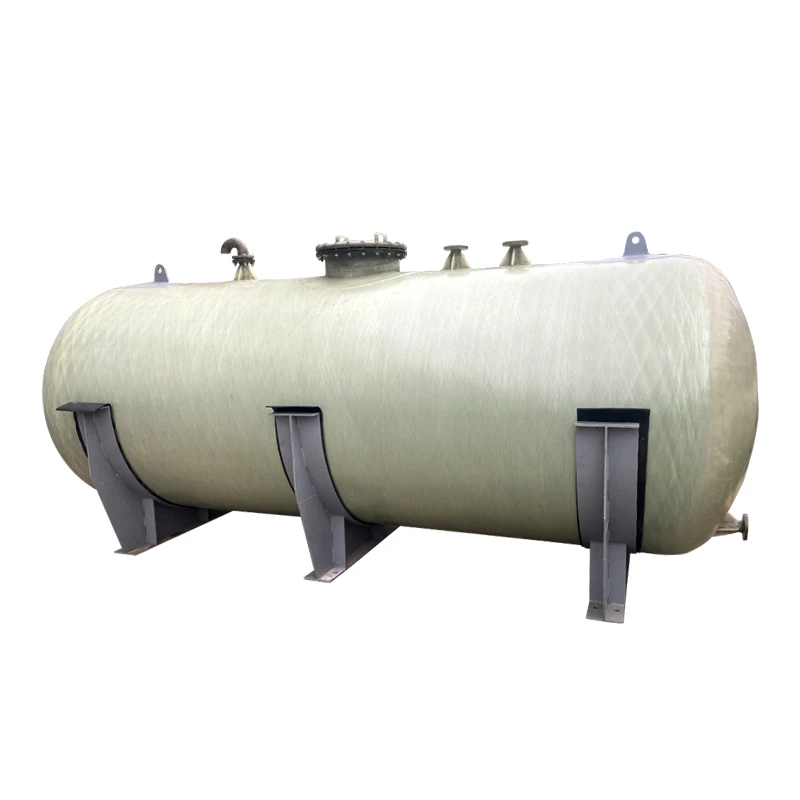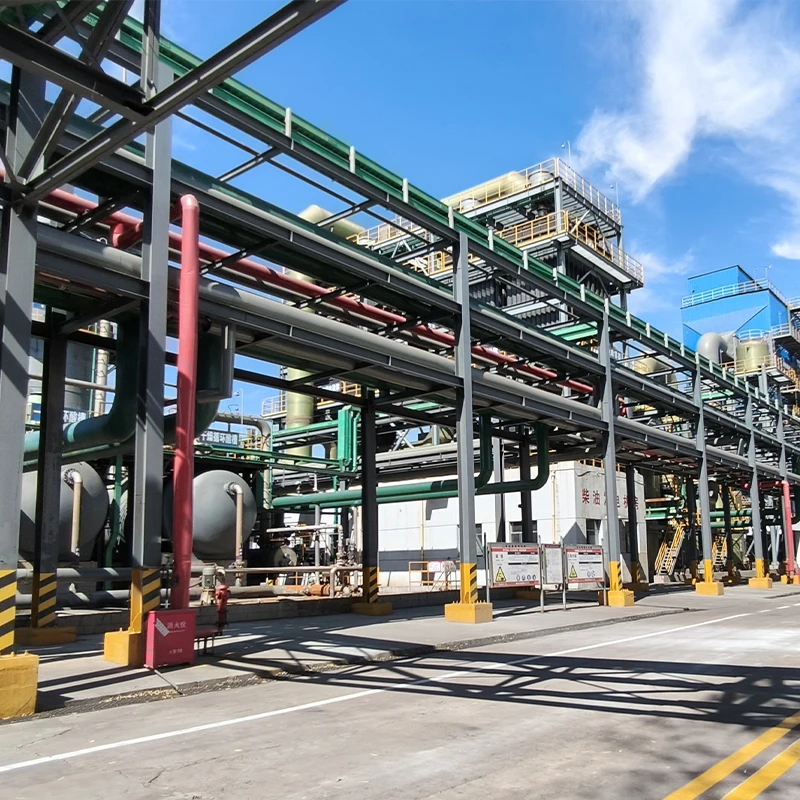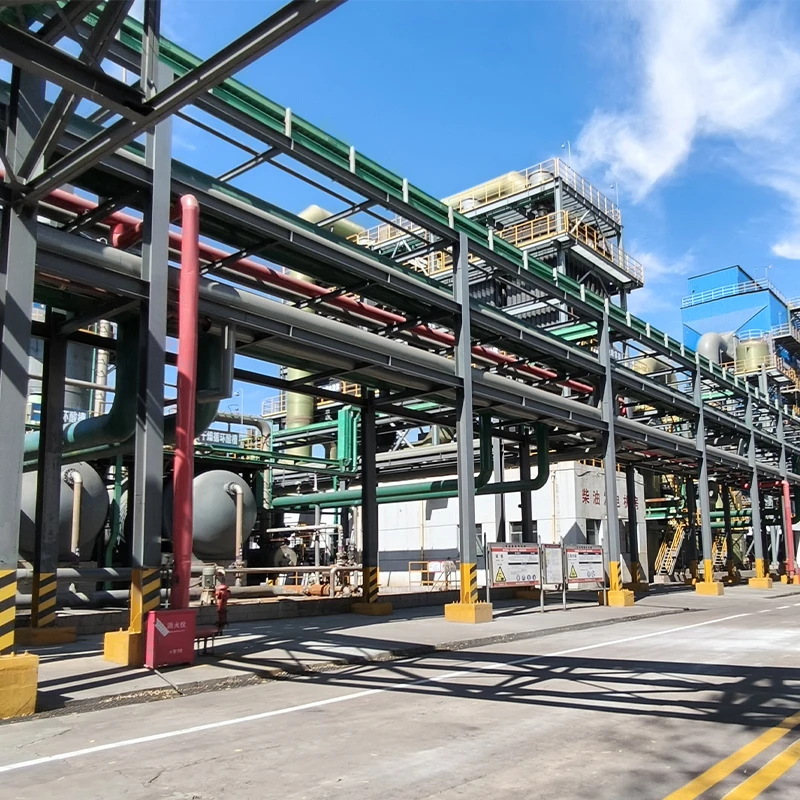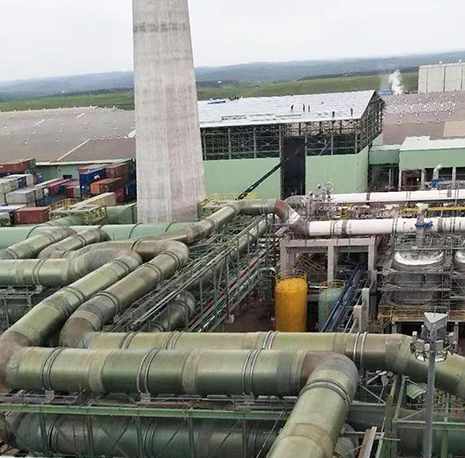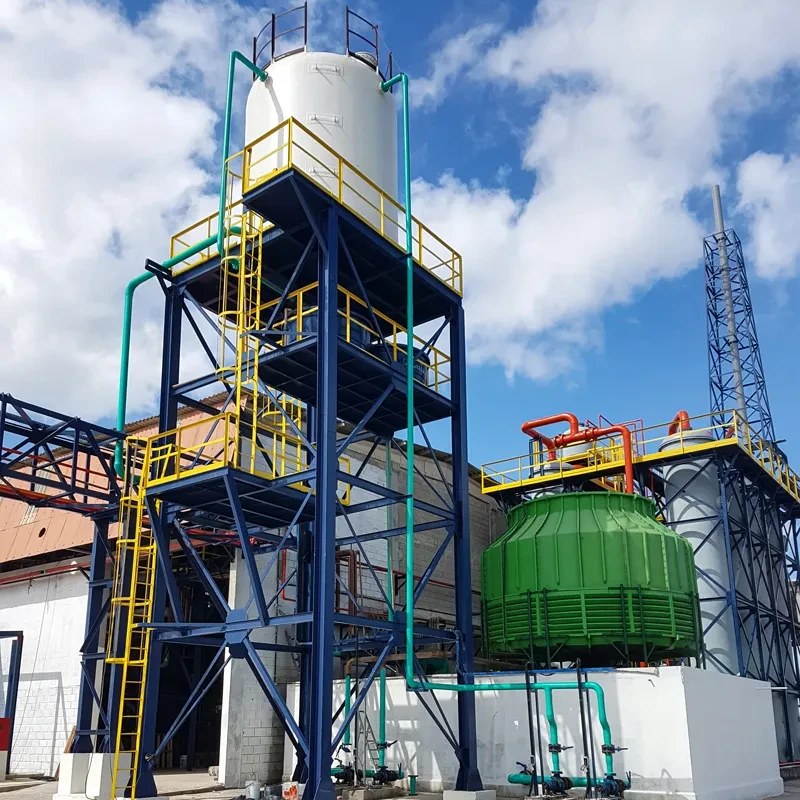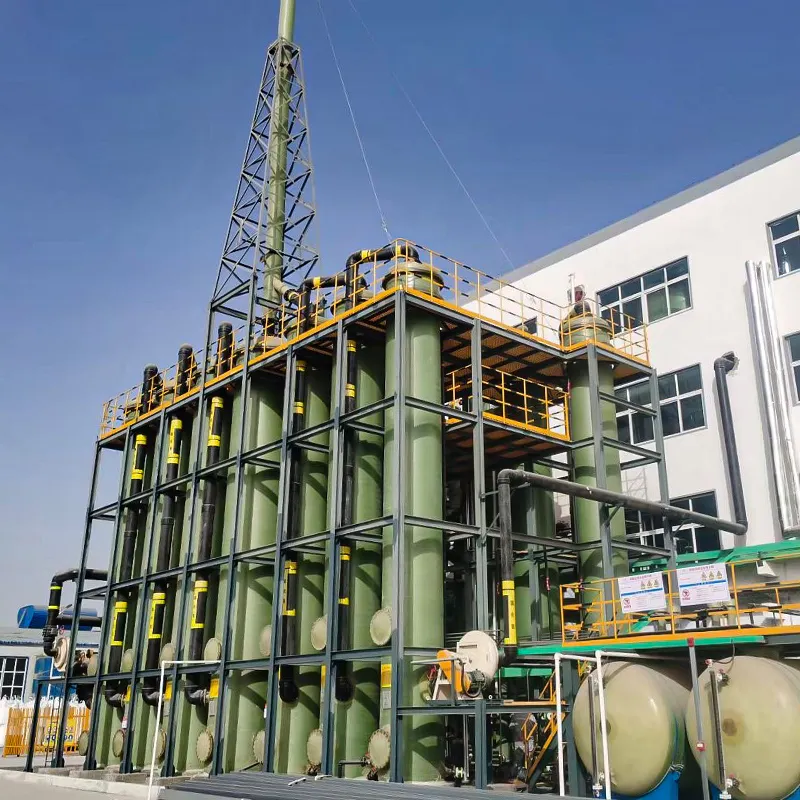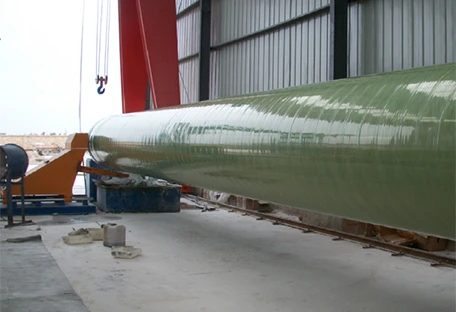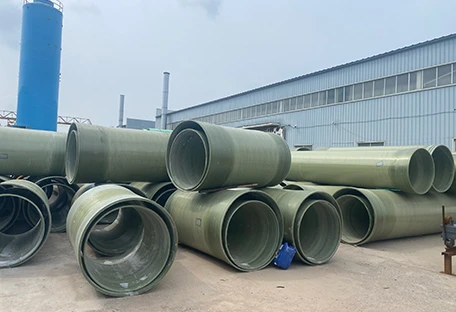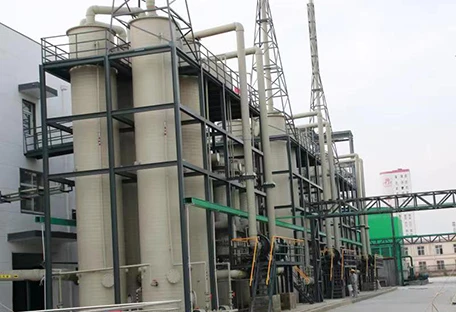Mannheim Furnace: An Advanced Industrial Solution
Mannheim Furnace, As a mature and efficient industrial reactor, it plays a crucial role in the field of chemical industry. With its unique structure and reaction principle, it has demonstrated excellent performance and economic benefits in key processes such as sulfate preparation and hydrochloric acid production, making it an advanced industrial solution.
The core advantage of Mannheim Furnace lies in its ability to achieve sufficient contact and efficient conversion of solid reactants
Mannheim furnace design features a special furnace bed structure, typically composed of rotatable acid resistant materials, ensuring uniform mixing and heat transfer of reactants in high-temperature environments. This uniformity and efficiency are unmatched by many other reactors, especially when processing solid raw materials, which can significantly improve reaction rate and product yield.
Taking sulfate preparation as an example, Mannheim Furnace uses sulfuric acid to react with salts such as sodium chloride at high temperatures to generate corresponding sulfate and hydrochloric acid gases
Due to the presence of solid phases between reactants, thorough mixing is crucial. The rotating furnace bed of Mannheim Furnace can continuously flip materials, break the passivation layer on the surface of reactants, and promote the progress of reactions. At the same time, uniform temperature distribution also avoids local overheating or incomplete reactions, ensuring the quality and purity of the product.
The design of Mannheim Furnace also takes into account safety and environmental protection in industrial production
The sealed Mannheim furnace design effectively prevents the leakage of toxic and harmful gases (such as hydrochloric acid gas), ensuring the safety of operators. At the same time, the generated hydrochloric acid gas can be recycled and further processed into high-purity hydrochloric acid products, reducing environmental pollution and achieving resource recycling.
Mannheim Furnace is not without limitations
Mannheim furnace design has a complex structure and relatively high maintenance and repair costs. In addition, there are strict requirements for controlling the reaction temperature, and a precise control system is needed to ensure the smooth progress of the reaction. However, with the continuous advancement of technology, the new Mannheim Furnace has been continuously improved in automation control, energy conservation and consumption reduction, further enhancing its competitiveness in industrial production.
In summary, Mannheim Furnace has demonstrated outstanding performance in specific chemical industries due to its unique structure and efficient reaction characteristics. Despite its limitations, its advantages in improving reaction efficiency, ensuring production safety, and achieving resource recycling are undeniable. Therefore, Mannheim Furnace can be regarded as an advanced industrial solution and continuously promoted and optimized in related fields to promote the sustainable development of the chemical industry.
Mannheim Furnace FAQs
1: What is the core role of Mannheim Furnace in modern industry?
1: Mannheim Furnace is a key equipment for producing potassium sulfate (K ₂ SO ₄), widely used in high-end fertilizer, chemical, and specialty materials industries. Compared to traditional processes, it can efficiently convert potassium chloride (KCl) and sulfuric acid (H ₂ SO ₄), while recovering the by-product hydrogen chloride (HCl), achieving resource recycling.
2: How can Mannheim Furnace achieve efficient and low emission production?
2: Adopting a high-temperature (500-600 ℃) rotary reactor, combined with corrosion-resistant lining materials (such as high silicon cast iron or ceramics), to ensure sufficient reaction and long equipment life. Advanced tail gas treatment systems, such as HCl absorption towers, can recover over 99% of hydrogen chloride, significantly reducing pollution.
3: What are the technological advantages of Mannheim Furnace compared to traditional potassium sulfate production processes?
High purity product: Potassium sulfate has a purity of over 98%, suitable for high-end agricultural and industrial needs.
By product value-added: By product HCl can be made into hydrochloric acid or used in chemical production such as PVC, improving economic benefits.
Automated control: integrating intelligent temperature control and feeding system, optimizing reaction efficiency and reducing manual intervention.
4: What are the innovative applications of Mannheim Furnace in sustainable industrial development?
Green chemistry: Reduce waste emissions through closed-loop production and comply with environmental regulations (such as the EU RECH standard).
Energy optimization: Some new furnace models adopt waste heat recovery technology, reducing energy consumption by more than 20%.
Raw material flexibility: can adapt to different grades of potassium chloride raw materials, improving resource utilization efficiency.
5: What is the future development trend of Mannheim Furnace technology?
Intelligent upgrade: Combining real-time monitoring of reaction parameters with the Internet of Things (IoT) to predict maintenance needs.
New material application: Using alloys or ceramic liners that are more resistant to high temperatures/corrosion to extend equipment life.
Process coupling: Combined with direct purification technology of potassium ore, further reducing production costs.

